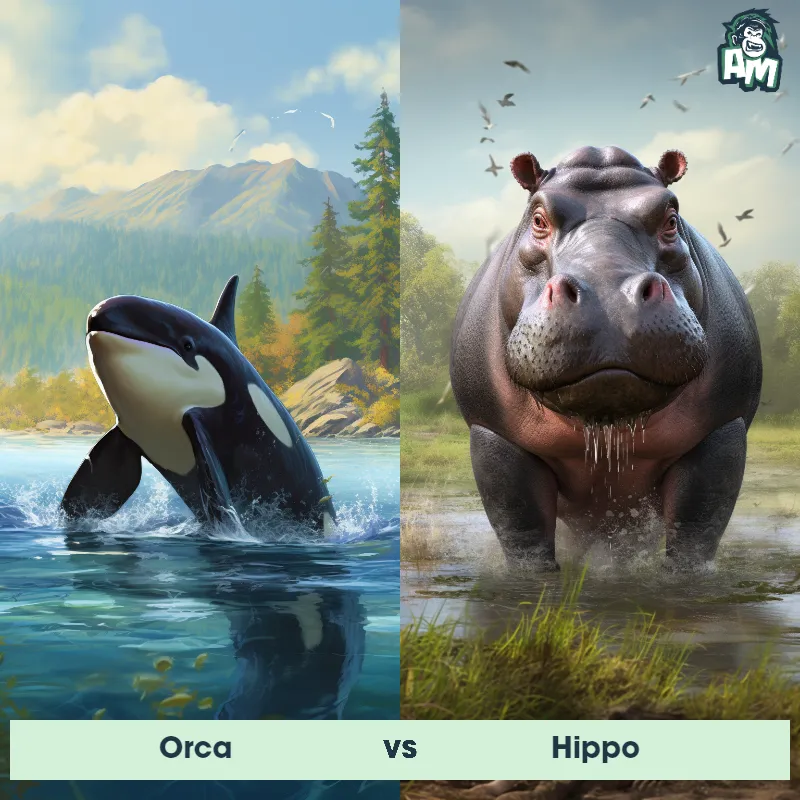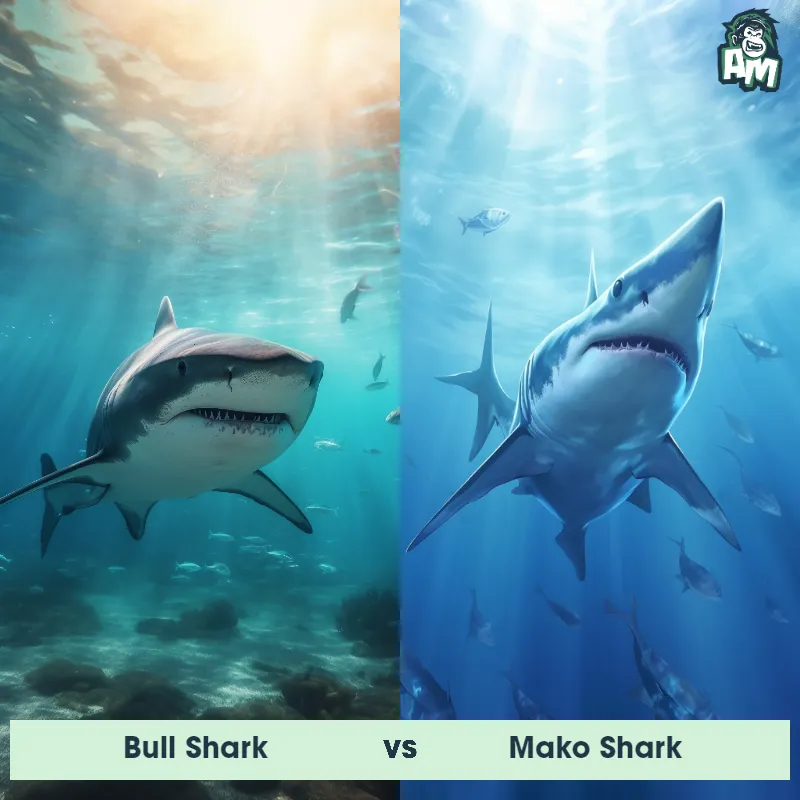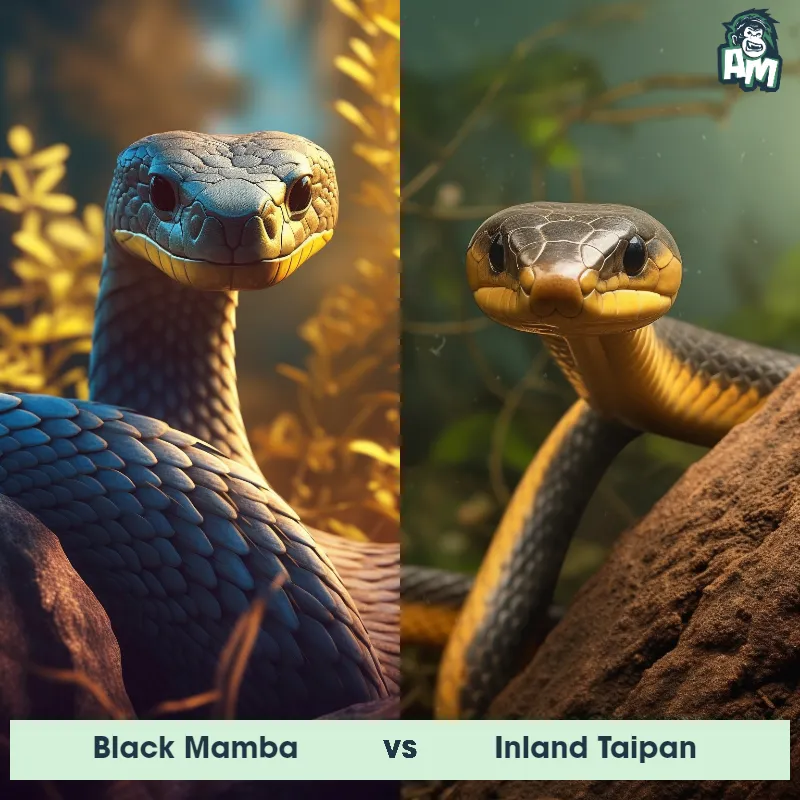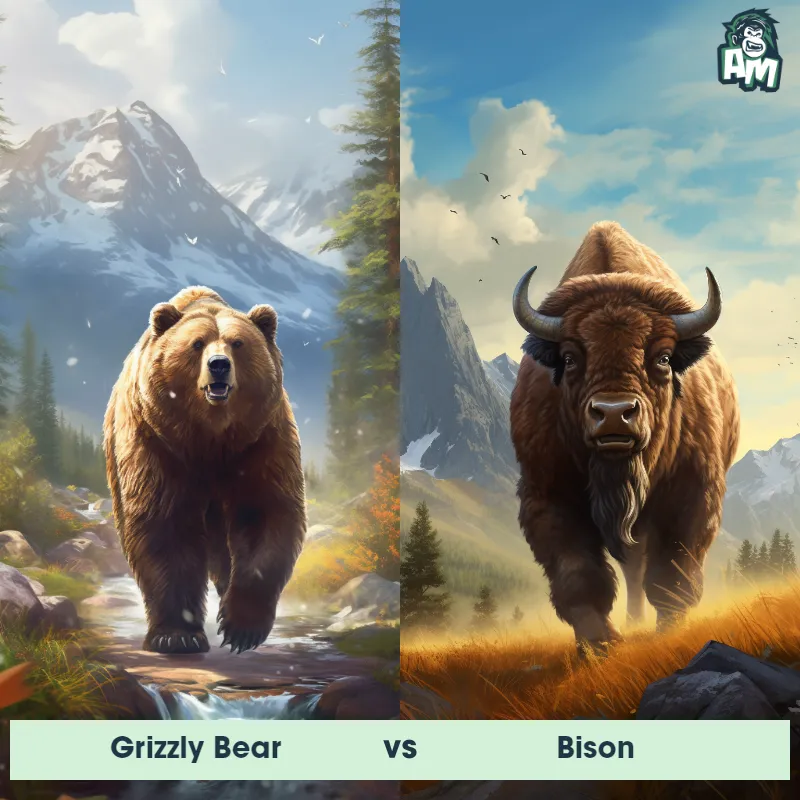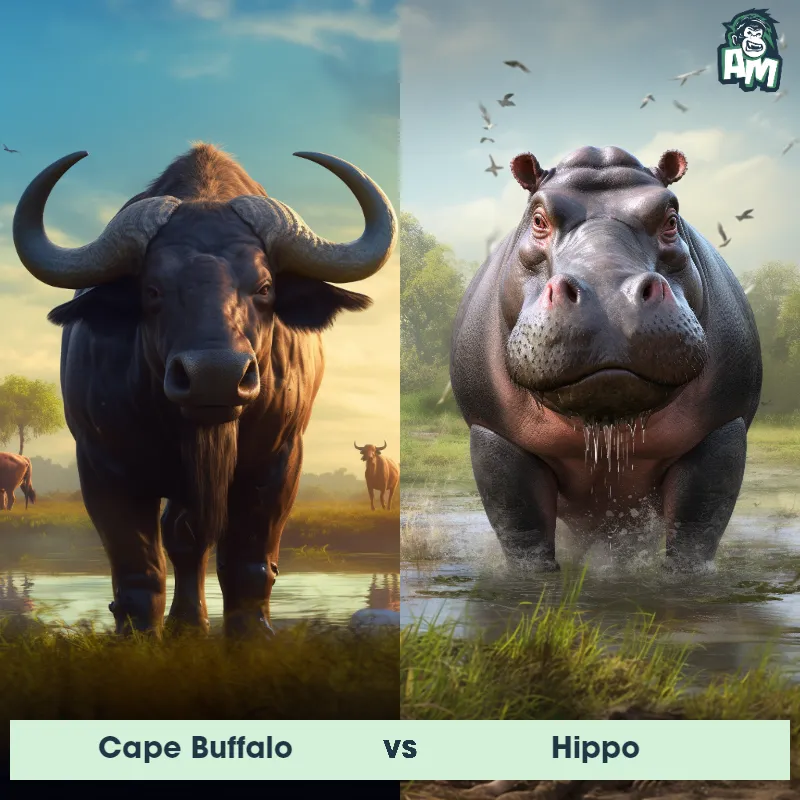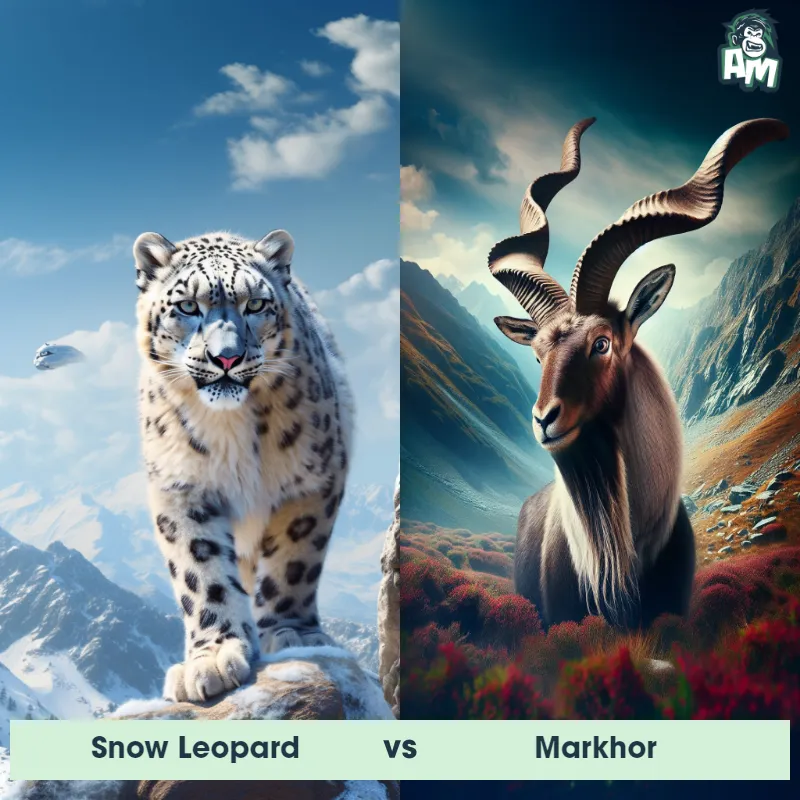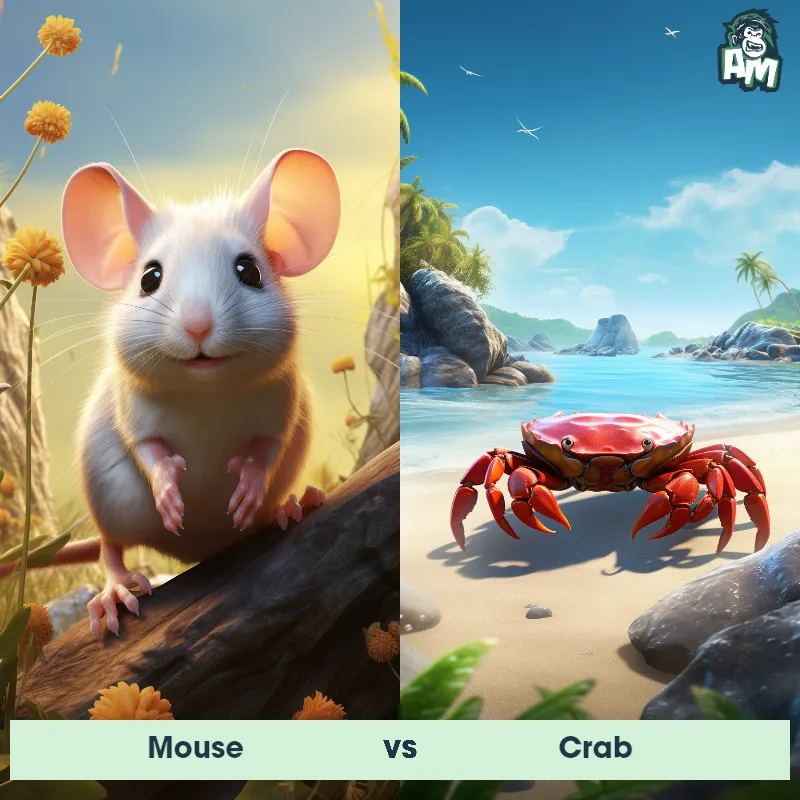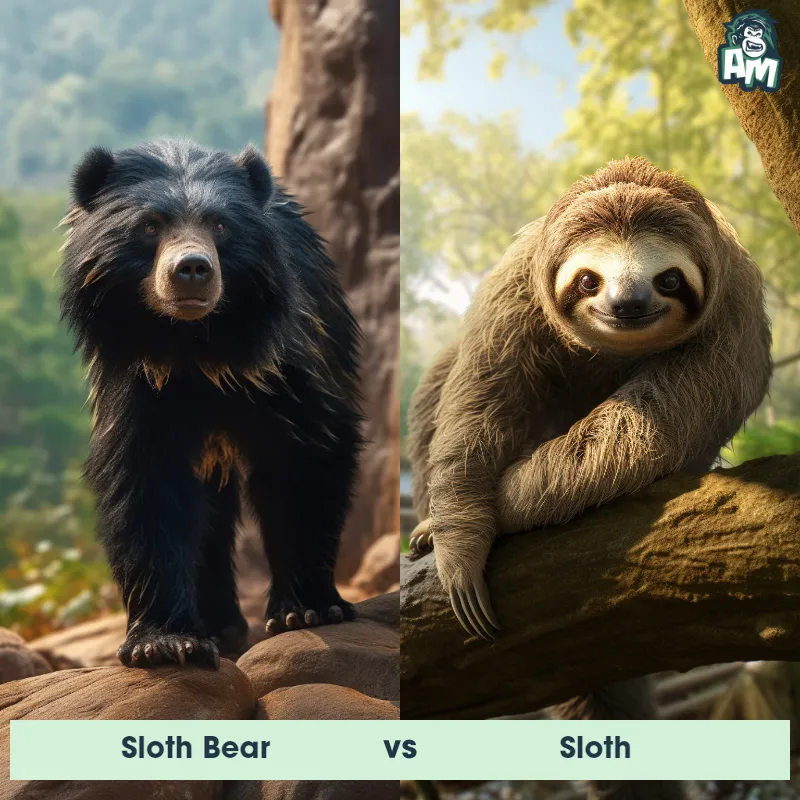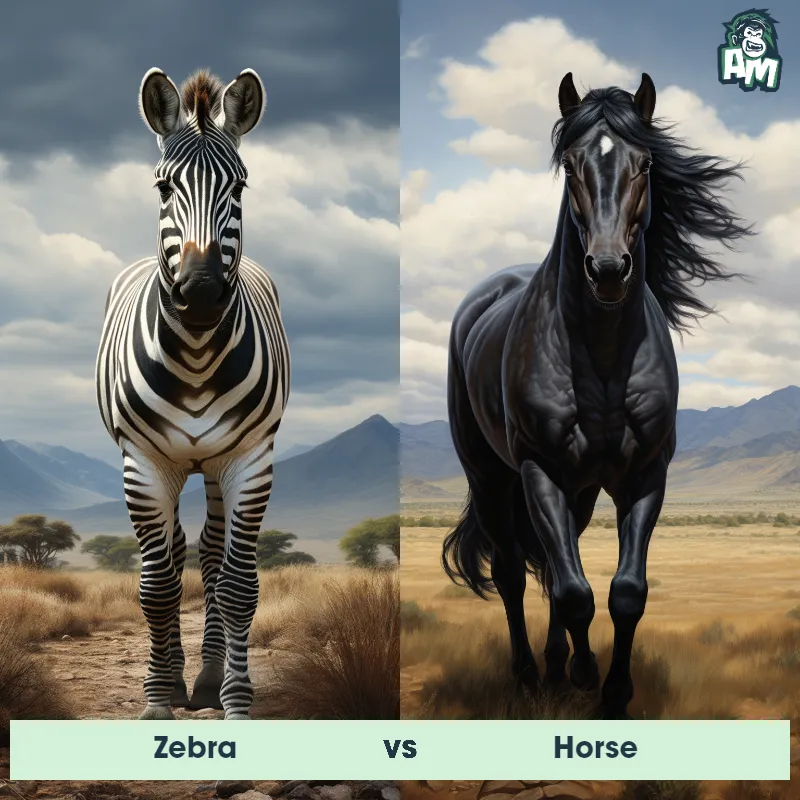Horse vs LeopardSee Who Wins

Ladies and gentlemen, welcome to this thrilling showdown between a Horse and a Leopard! We're here at an electrifying arena where these magnificent creatures are about to go head-to-head in a three-round battle. Get ready for an intense display of strength, agility, and instinct as these two fierce competitors give it their all!
Contender 1: Horse
The Horse is a large domesticated ungulate notable for its speed, strength, and endurance. With muscular bodies, long legs, and a well-defined neck, horses exhibit a wide variety of coat colors and distinctive markings. They possess a unique digestive system that allows them to survive on a diet mainly of grass. Known for their keen senses and high level of sociability, horses have been used for various purposes, including transportation, work, sport, and companionship, throughout human history.
![[object Object] Gif](https://tenor.com/view/horse-fight-viralhog-animal-brawl-animal-scuffle-gif-14740911035351561444.gif)
Fun Fact: Interestingly, horses use their ears, eyes, and nostrils to express their mood, making them one of the most expressive animals.
Contender 2: Leopard
The Leopard is a large and powerful carnivorous mammal that is known for its distinctive coat pattern consisting of rosette-like spots. It has a slender body, muscular limbs, and a long tail, enabling it to be agile and swift. Leopards are primarily nocturnal creatures, preferring to hunt during the cover of darkness. They are highly adaptable and can thrive in a variety of habitats, ranging from dense forests to open grasslands. With exceptional climbing skills, they are capable of dragging their prey up trees to keep it safe from other predators.
Fun Fact: Leopards are incredibly strong and possess immense agility, as they are capable of leaping horizontally up to 6 meters and vertically up to 3 meters, allowing them to ambush their prey from above with precision.
Matchup Stats
| Horse | Leopard | |
|---|---|---|
| Size | 4.5 - 6 feet at the shoulder (1.4 - 1.8 meters) | 24-28 inches (60-71 cm) at the shoulder; 5-6 feet (1.5-1.8 meters) in length |
| Weight | 900 - 2200 pounds (410 - 1000 kilograms) | 80-160 pounds (36-73 kilograms) |
| Speed | 55mph (88km/h) | 36-37mph (58-60km/h) |
| Key Strength | Speed and powerful kicks | Powerful jaw and sharp claws |
| Biggest Weakness | Lack of natural weapons (like claws or sharp teeth) | Less endurance compared to some other big cats |
Current Votes
Horse vs Leopard
See Who Wins
View More Matches
Looking For More?
Similar Matches
Scientific Stats
| Horse | Leopard | |
|---|---|---|
| Scientific Name | Equus ferus caballus | Panthera pardus |
| Family | Equidae | Felidae |
| Habitat | Grasslands, Deserts, and Forests | Variety of habitats including forests, grasslands, and mountains |
| Geography | Worldwide | Africa, parts of Asia |
| Diet | Herbivore (Primarily grass, hay, and grains) | Carnivorous, preys on various animals including ungulates, small mammals, birds, and reptiles |
| Lifespan | 25 years - 30 years | 12 years - 17 years |
Key Differences between Horse and Leopard
- Body Shape: Horses have a more robust and muscular body shape with long legs and a proportionally shorter tail. Leopards, on the other hand, have a sleek and agile body with longer and well-muscled hind limbs, aiding them in climbing and leaping.
- Size: Horses are significantly larger than Leopards, with an average adult horse reaching heights of 4 to 6 feet at the shoulder, while Leopards typically measure around 2 to 2.5 feet in height.
- Usage of Tails: Horses predominantly use their tails to swat insects and communicate non-verbally with others in their herd. Contrastingly, Leopards utilize their long, thick tails for balancing during climbing and chasing prey, contributing to their exceptional agility.
- Facial Features: Horses possess a long face with a prominent snout and large eyes positioned laterally on the sides of their head, enabling a wider field of vision. Leopards have a shorter snout, rounder facial appearance, and eyes positioned closer together, providing greater binocular vision for improved depth perception.
- Color and Pattern: Horses come in a variety of solid colors such as brown, black, and white, but their coats are not patterned. On the other hand, Leopards have a distinct coat pattern of rosettes that help camouflage them in their forest and grassland habitats.
- Ears: Horse's ears are proportionally larger and easily noticeable, featuring a rounded shape and often capable of rotating to detect sounds in different directions. Conversely, Leopards have smaller, rounded ears, typically more hidden in their fur for improved camouflage and stealth while hunting.




